More Genetic Testing? No Thanks, I Said. Here’s Why.
We are lucky to live in a city with an excellent children’s hospital. Though we did not know it when I went into labor at thirty weeks, it would become our home away from home where my son, Charlie, would live for the first three months of his life.
The call with the results from the amniocentesis had come from the Mayo Clinic just hours before I went into labor. Our son had a rare and rarely understood diagnosis—Beckwith Wiedemann Syndrome, something that would take me years to spell. It could cause overgrowth of certain organs, pin tuck markings in his ears, macroglossia (an overly large tongue), greater risks for certain cancers and much, much more. Or less. How it would present itself was yet to be determined.
When he first arrived so suddenly and without preamble with his hair gooped up, tongue stuck out, and those pock-marked ears, he looked like a tiny punk rocker. This look, while adorable, was not practical. The tongue obstructed his airways. He could neither breathe nor eat on his own.
Those early weeks in the NICU quickly took on a shape that was both comforting in its routine and also terrifying in its implications. The walls of the ward were hung with pictures of sunshines and superheroes and I could follow the trail of blue squares to green dots to yellow triangles on the tile floor that would take me to my child. I carried my insulated bag of milk, which I had pumped at home alone in his nursery, and held it up to the nurse like a peace offering. It was my price of admission. Once paid, I would slow-step to his incubated bunker and lay my gloved hands on him, like a benediction, but more like a prayer to him to “get well soon”. His chest would rise and fall as the ventilator dictated. It’s hisses and sighs were the soundtrack to our days.
When my husband and I made the giant leap of faith to let the doctors perform a tracheotomy, we thought this would be the biggest decision we would have to make as parents, to open up his body and let the air in.
Thankfully, it was the right decision and the surgery worked. It bypassed that tongue and brought him into a realm of stability that allowed us to retrace the path of triangles to dots to squares which would lead us out of the NICU and home. But is was not the last big decision we would have to make.
Later, at his one-year appointment, I found myself sitting in another brightly lit room at the very same hospital for a follow-up with the developmental clinic. This room had airplanes on the walls in primary colors. It was on this day, after parrying a grueling series of tests that he was officially diagnosed with cerebral palsy. It was not a surprise. We had our suspicions based on a brain scan done all those months ago in the NICU and the milestones that continued to elude him with each passing month. I had stopped tacking the charts to the refrigerator. These were not our bucket lists.
As our doctor noted “cerebral palsy” for the first time in his already hefty chart, she repeated, over and over, “This is a good thing. This will open doors for you. It will get him the resources he needs.” I took that information in, as I had done everything else, mutely and with the intent to process later.
There were many “ists” in those days.
After this, we were assigned a neurologist on top of a geneticist. Physical therapist, speech therapist, feeding therapist, and occupational therapist would follow. There were many “ists” in those days. And because this had become our norm, it wasn’t until Charlie got reassigned to a new geneticist at age four who proposed more genetic testing that it occurred to me to push back a little. I could understand all the therapists working with him to talk, to walk, to eat, to hold a crayon and make a circle. They were helping him live a more independent life. And I could understand the neurologists navigating that ocean of brain waves. But this specialist wanted to send his genetic code back to the Mayo Clinic for “investigative purposes” and “re-evaluation of prenatal diagnoses.” She wanted to see if there was yet another chromosomal shift we could detect on top of the syndrome and the cerebral palsy.
This was, I reminded myself, a research hospital. I had come to recognize the familiar gleam in a resident’s eye when they saw my son and his webbing of diagnoses. She was young and eager, two things I could no longer claim. But on this day, I did as I always had. I nodded, rolled my son out in his wheelchair, and went home to think.
That night, after a dinner of past-its-prime Thai food, my husband and I faced each other across the couch like game show contestants and asked the necessary questions:
- “Would this information open up any new treatment we have not already considered?”
- “Would adding one more thing to his chart help his current therapists in their understanding of him?”
- “Would the genetic testing itself take more out of him than he can give?”
- “Would we be more confused and newly agitated if the results were inconclusive?”
- “Is more always better?”
We did not need new paths to wander down. We needed to help our son navigate the one he was already on.
In the end, after much talking that took us well past night and into the morning, we decided not to do more genetic testing. We already had enough information. We were doing everything we could and he was making progress in his own Charlie-way. The geneticist would disagree, would probably say knowledge is power. But we did not need new paths to wander down. We needed to help our son navigate the one he was already on.

Jamie Sumner is a special needs mom, author and blogger.
Discover her new book, Unbound: Finding Freedom from Unrealistic Expectations of Motherhood.
Read her blog, The Mom Gene.
Follow her on Facebook.
More Articles Related to Parenting a Child with Special Needs:
- 10 Things That Special Needs Parents Never Take For Granted
- Recorded Webinar: Managing Stress as the Parent of a Child with Special Needs Video
- PTSD in Special Needs Parents: How I Deal
- 7 Tips For Nurturing Your Marriage in a Special Needs Family
- Best Advice for Parents of a Medically Complex Child May Be None At All






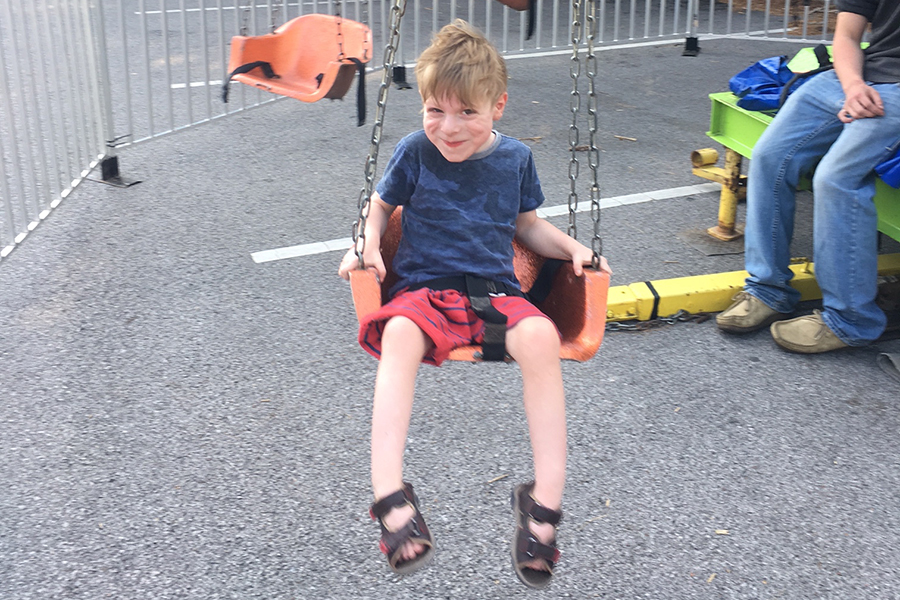

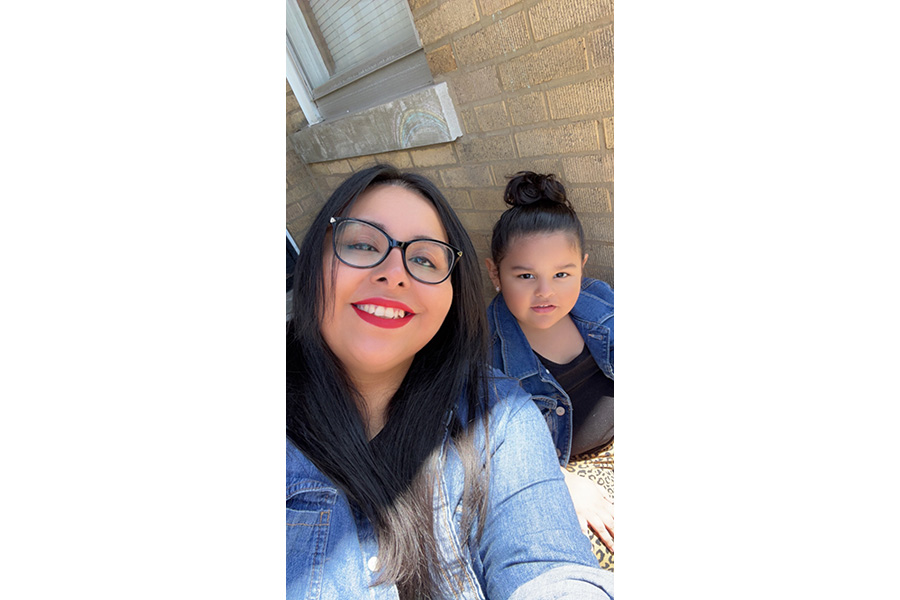
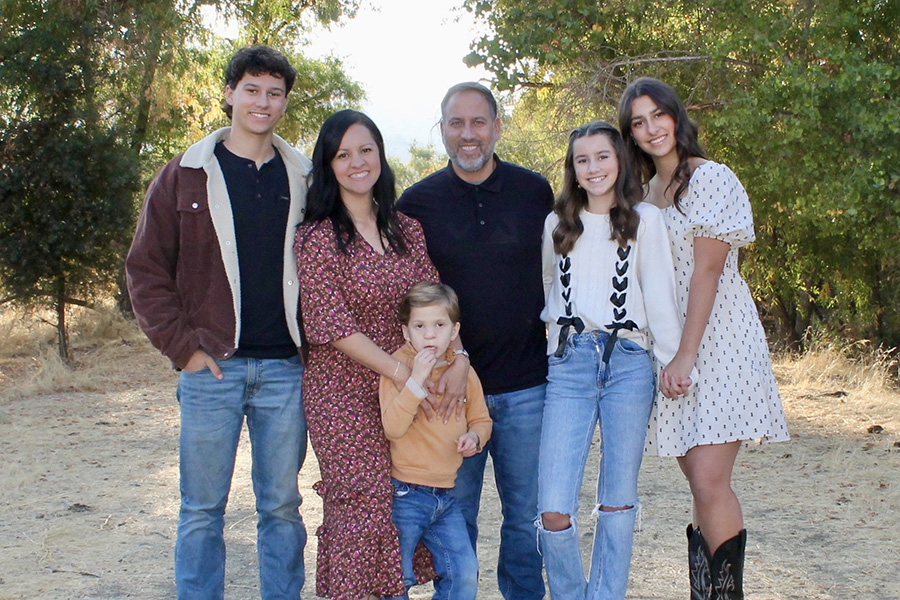


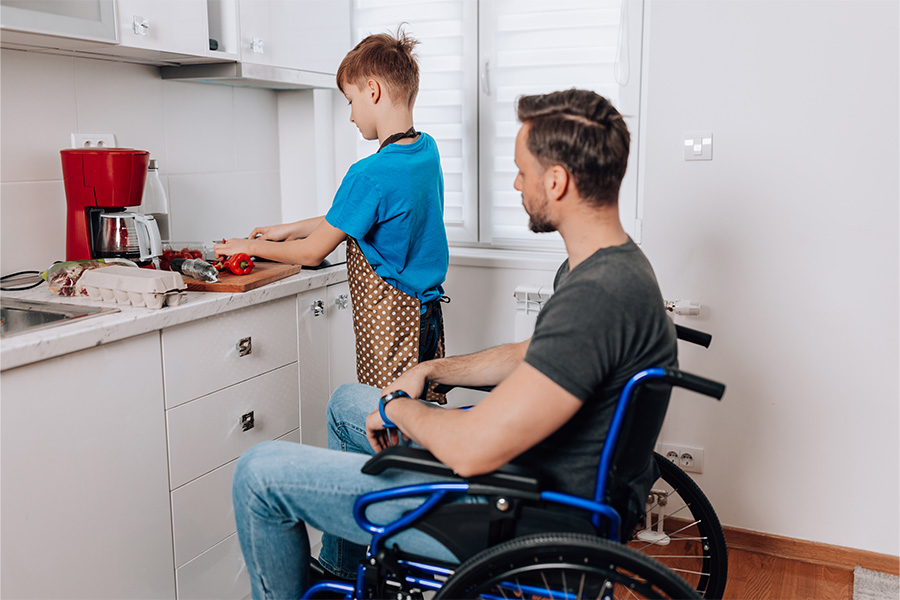
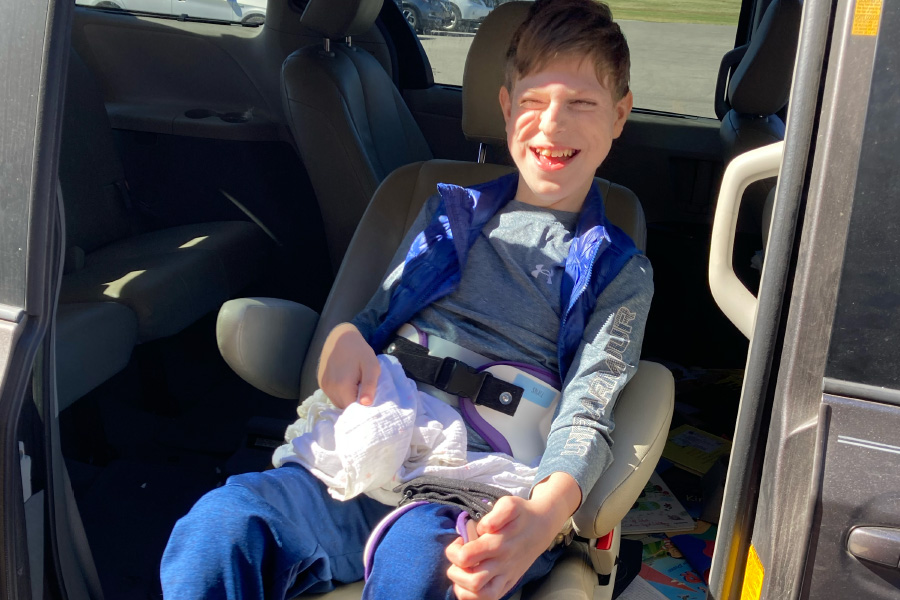
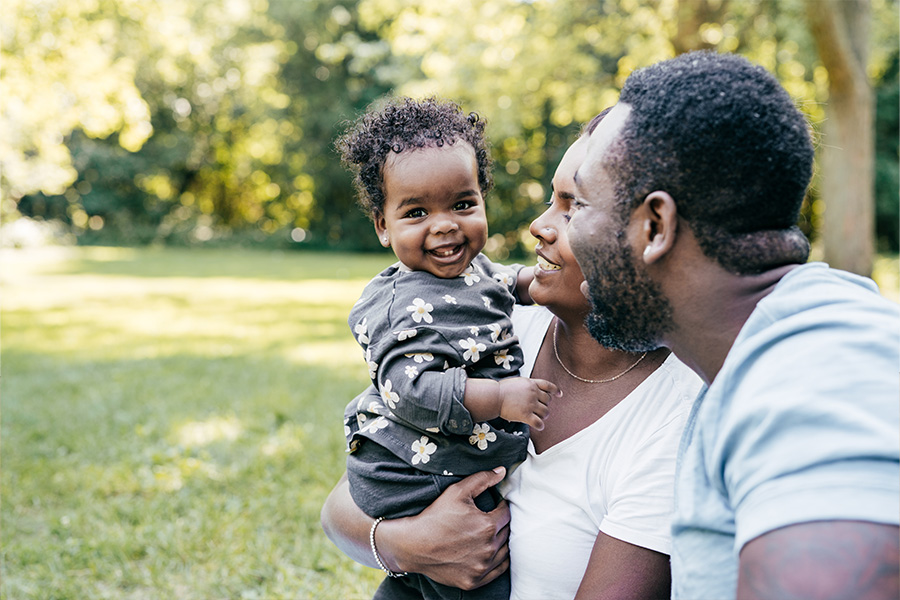
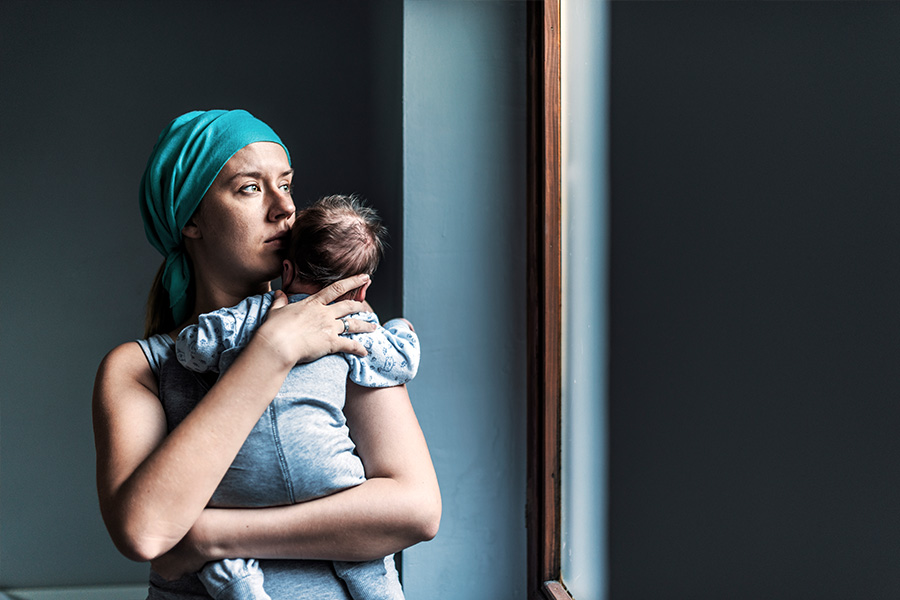
There are times where enough is enough i agree. Beckwith Wiederman has several closely associated similar conditions. Have they determined what caused the Cerebral Palsy also? Knowing a bit more genetic info may help determine what to focus on looking for and treating him. This is a tough condition because patients are often Mosaic which means like a Calico Cat they have spots or areas of different colors or different cell lines. The appearance does not correlate and is not predictive of internal effects . It may alleviate the threat of Cancer or signal that they need to be vigilant about it. For the ease of a blood test, and having two genetic conditions myself. .. this condition is sufficiently complex that I would err on the side of having more information. If they offer, take it. I on the other hand had to almost beat the door down and was sent away from my first visit to the geneticist .. the ist did not help. I am still waiting for my study that I was accepted in to start as they lost the Clinical study coordinator a year ago. Simpson-Golabi-Behmel syndrome, Perlman syndrome, Soto syndrome, Weaver syndrome. These are all similar. Some lucky individuals like me have more than one. Be happy and greatful that they are offering to help, I would rather catch something and treat it to his best outcome than miss it and not help him improve or improve faster than he already is. They literally have had a random misdiagnosis of things like CP and had a lady miraculously get up out of a wheelchair. Please don’t sell him , or his Doctor -ist short. I know all this is tiring, believe me I really understand. Keep those flags flying high. Good Luck ! Hugs to that Beautiful Boy.
Continued. I was also a Lifegaurd at a health club. I noticed this portly cheerful Gentleman with BE A that would come in to swim. He was a good swimmer by the way… Other than the ears and maybe the chin he did not resemble Charlie. I wish him much health and happiness. Other than blood test and hair…. Any genetic test are easy. Most of the other test are pretty easy too. I would not worry about that part. If they want any other test, you can approve or deny any test individually. I went through a couple of risky test, but knew ahead of time what they entailed and what information they would yield. Hugs!